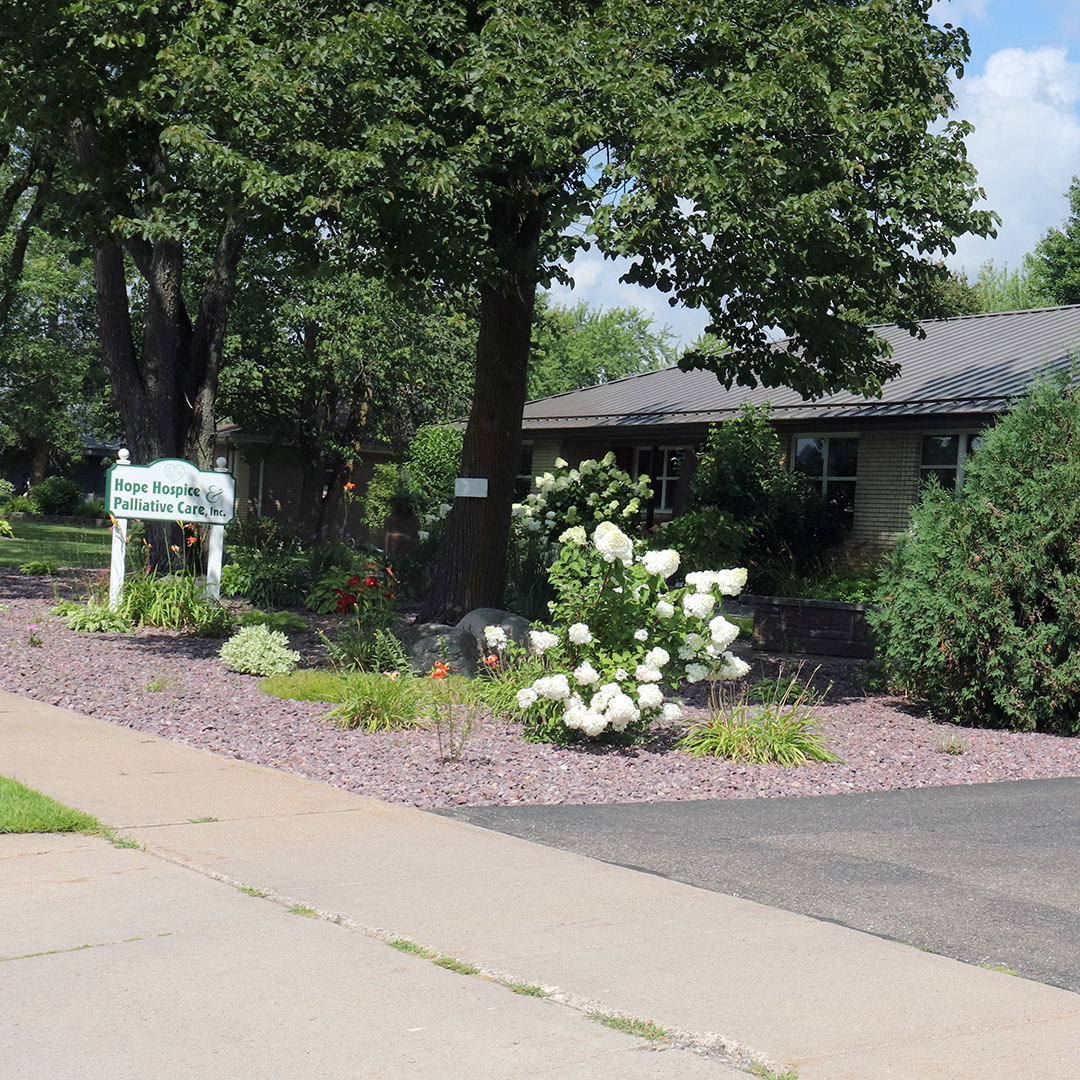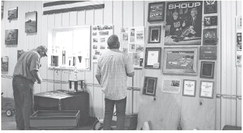Goat milk and aquaponic produce shows a different way to dairy


No two dairy farms are exactly alike, nor are the goods they produce or the services they offer, though all involve the same hard work and dedication to the lifestyle that is farming.
Hillstar Farm is no exception. Located in Tomahawk, Hillstar is a small, familyrun operation specializing in aquaponics and a multitude of other endeavors, including the production of soap manufactured with goat milk.
Linsey and Darin Lucas both grew up farming with a strong background in cattle and milking cows. “Milking cows actually paid for my college,” Linsey said. Both of their childhoods were filled with gardening and canning, and the stewardship of both land and animals. “That’s probably why we’re so diverse now, or weird, or whatever,” Linsey joked.
They began their operation in Minnesota where they mostly specialized in alpacas due to the landscape of their location, but living in a slough made the lifestyle they desired more difficult than necessary, so Linsey started looking for a more ideal address.
She recalls asking her husband if he ever considered moving. “Oh, here we go,” Darin told Linsey, encouraging her to keep her pursuit to the continental United States. It wasn’t long after that the Lucas family packed up their life and moved to Tomahawk.
“It was really perfect timing,” Linsey said of their acquisition of the property. They didn’t have any ties to the community but fell in love with the land and the proximity it offered to both of their parents.
They had three little goats as pets when living in Minnesota, and though that was over six years ago they still have two of their original crew in their herd today. Neither Darin nor Linsey grew up with goats, but once they made the move to their new location they knew they needed more.
“When we had those three we were like ‘where were you all our lives?’ They’re just so full of personality, they really are a kid,” Linsey said.
They started by milking a couple of dwarf goats, but Linsey states that they don’t make the best milkers. The reason why might be obvious; these goats are vertically challenged, and as an added bonus they kept trying to lay down while Linsey tried to milk them. “It was a nightmare to milk them,” she said. “We just milk the big ones.”
Like everything else, the Lucas family tailors their milking schedule around what works best for their operation.
“I don’t always milk,” Linsey said. She breeds a couple of does each year and keeps the babies with their mothers. “It’s just easier for everybody,” she said. “The babies grow well and I don’t have to bottle feed.” If Linsey did need more milk, she wouldn’t keep the kids with the does.
“If you’re in it for milk production you want to feed them differently, milk consistently and well, their production is not as high since I’m letting the babies feed off them,” she said.
Linsey isn’t sure how much milk she actually gets out of the two does she milks but knows that it’s more than enough for her family and her soap operation. She says that most families probably need one or two goats if they’re only milking for their own household.
“That’s the nice thing about goats,” Linsey said. “They don’t take that much and they’re not that expensive.” She went on to explain that a cow will require much more space and food while goats just don’t have the same needs with even a dwarf goat able to produce a quart of milk or more each day.
She starts milking her does about two months after they give birth. She’ll do this for six to seven months before drying them up, giving each goat a break for a few months. Because the sale of unpasteurized milk to consumers is illegal, the Lucases do not sell their milk products for human consumption, though Linsey makes cheese and yogurt at home for the family’s personal use.
In addition, she has a line of clientele purchasing goat milk specifically for their dogs. Linsey reports that her customers are finding that their dogs have fewer gut and dietary issues, with one even reporting that it clears up their dog’s ear infections. “I don’t know how it works, but it does,” she said.
Nothing goes to waste on a farm and the Lucases send any milk remaining out to their garden or to their pigs. The kids are also handy for baby goat cuddle days, which Hillstar offers in April and May.
Goat milk soap is generally made by combining the milk with lye and fats or oils such as olive or coconut oil. Essential oils can be added for scent, as well as oats and herbs for their various benefits. One unique ingredient offered at Hillstar is goat soap made with fiber from their alpacas, creating a felted soap. Linsey also crafts interesting scents such as earl gray tea, green tea and cucumber, mahogany, eucalyptus leaf and love potion no. 9.
The Lucases sell most of their soap online via Etsy, but they do run a storefront at their farm where goods can be purchased. In addition to soap, the Lucases offer lip balm, oil rollers, salve and lotion bars, nesting balls for birds, dog and cat toys, wool dryer balls, and soap racks, all made by hand on their farm.
You’d think that would be plenty to do, but that's just the tip of the iceberg. Linsey and Darin, in addition to their two teenage daughters (their adult son lives in Wausau), also own and operate an aquaponic greenhouse. Aquaponics is the method that combines raising fish and growing plants without soil. The Lucases raise fish in a massive tank, and after filtering the waste, they loop that water to their plants. Once the plants absorb the nitrates in the water it’s returned to the fish tank to repeat the cycle.
They mostly grow lettuce, herbs and micro greens which they sell to restaurants and grocery stores. The Lucases plant about 1,400 seeds each week with their 13-year-old daughter acting as the chief planter.
“All she does is plant,” Linsey said while plucking a dandelion from the ground to feed her tortoise. “That’s how we can do so much here, we all do our part.” Their kids are homeschooled, but Darin and Linsey prioritize their schooling and general wellbeing over anything else. “It’s not like they can work full-time, it’s not their job to do that,” she continued.
Linsey states that the greenhouse changed her life, giving her and her family access to fresh, chemical-free produce throughout the year, a benefit that has transformed her own personal health. She advocates for people to take care of their well-being overall, and prioritize their responsibilities.
“For the most part, everything can be replaced,” Linsey said. “Sometimes you have to let a plant die and go feed your kid instead. Remember the important things.”
Some things are just better on the farm.



